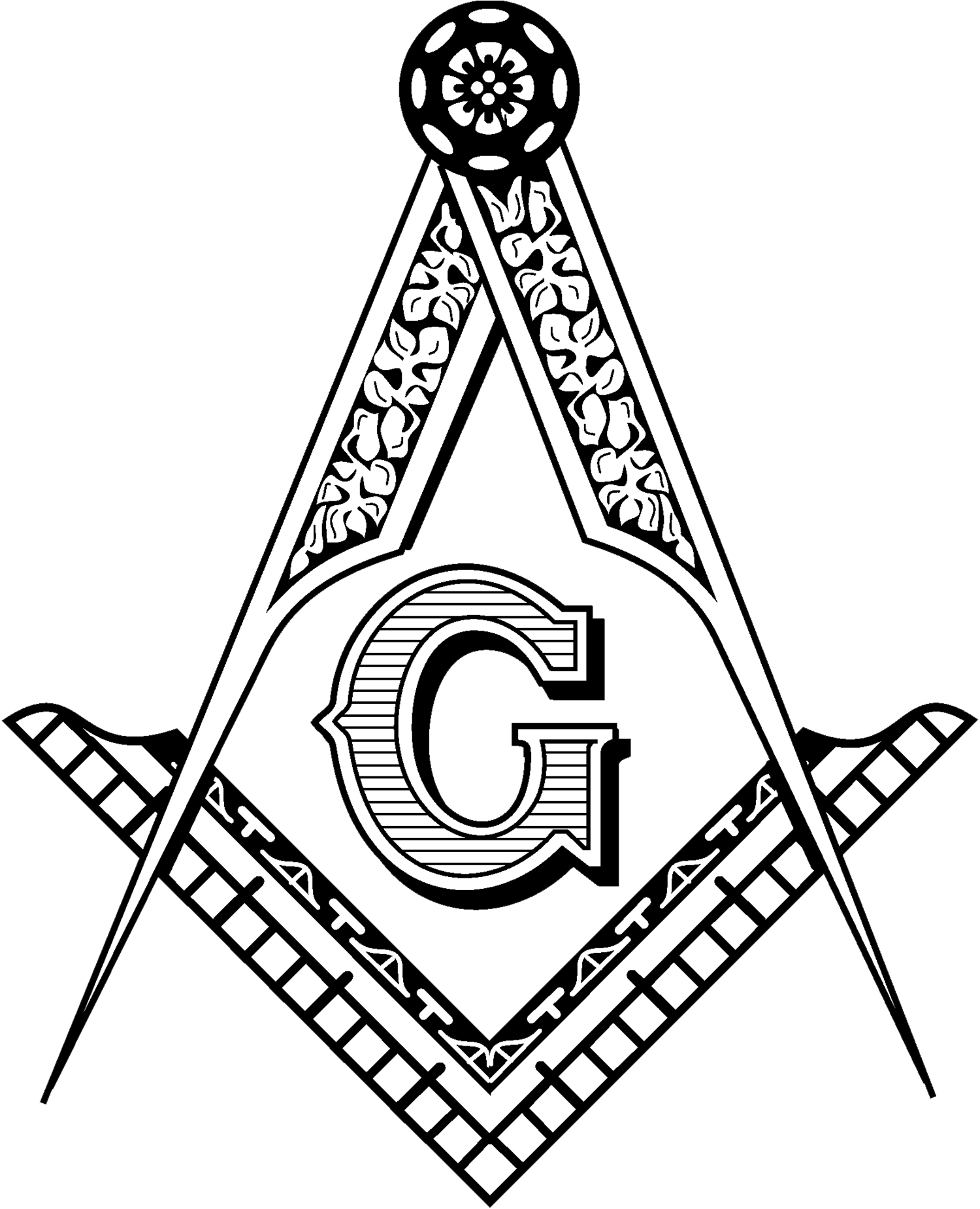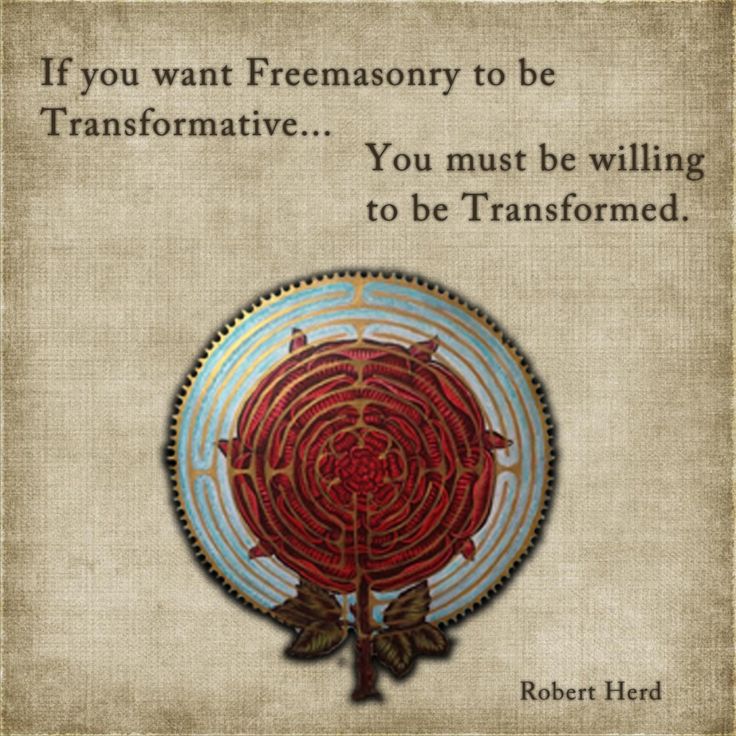Books about the Craft
Readings for Further Enlightenment
“To live in truth, to wish to be true in one’s whole being, will be the watchword of the future.”
Chico-Leland Stanford Lodge № 111 believes in spreading the light and making as much information available as possible. That being said, this lodge does not endorse, condone or approve of any of the following readings and any conclusions, statements, explanations and the like are at the sole discretion of the author.
We prefer to see all sides of a discussion. It is important to see and hear how others relate to Masonry - everyones' opinion is important and valid. We might not agree with their viewpoint but we value that they were empowered to create their work.
Masonic Reads
Coil's Masonic Encyclopedia, Henry Wilson Coil (1961)
Highly regarded encyclopedia with over 1750 short entries describing intricate details within Freemasonry.
The Meaning of Masonry, W.L. Wilmshurst (1928)
Written roughly a century ago this title is still a treasure, all Masons should own a copy. Recommended to start reading once one has gone through the Entered Apprentice ritual, then wait and read the rest after being raised to the sublime degree of Master Mason.
A Pilgrim's Path, John J. Robinson (1993)
An insightful account of his questions and experiences in becoming a Mason, with a frank and open discussion of the attacks being made on Masonry today.
The Mason’s Words: The History and Evolution of the American Masonic Ritual , Robert G. Davis (2013)
The meticulous, documented, research in this text provides a fantastic look at Freemasonry from the 18th and 19th centuries and is presented in such a way that it engages the reader and is actually an enjoyable experience.
The Masonic Myth: Unlocking the Truth About the Symbols, the Secret Rites, and the History of Freemasonry, Jay Kinney (2009)
Bro. Kinney tackles some rumors and theories surrounding Freemasonry. This is a solid read and well researched.
Operative Freemasonry: A Manual for Restoring Light and Vitality to the Fraternity, Kirk C. White (2012)
Best described as ‘a manual on the art and practice of Freemasonry’ this title by Bro. White is a must-read for any Masons interested in the officer and recommended for all Brothers that actually wish to get something out of Freemasonry. By providing detailed information and advice often overlooked or forgotten on how Freemasonry "works", this book explores how the fraternity can actually "make good men better" and keep them active in our lodges and chapters.
Observing the Craft: The Pursuit of Excellence in Masonic Labor and Observance, Andrew Hammer (2010)
Observing the Craft is a manifesto of sorts for the observant Mason, who seeks quality over quantity in every aspect of Freemasonry. It is a stringent argument for the Symbolic Lodge as being the whole of Masonry, calling for nothing but the utmost effort and commitment to be put into the operation of a Masonic lodge and its meetings.
Sworn in Secret, Sanford Holst (2012)
An historian and Mason's look into the rich history of Freemasonry, discovering the things that drove it to be the oldest and largest fraternal organization in the world. Insightful and relevant to Masonry today.
Templars, Sanford Holst (2013)
A deep look into the lives of the original Templars, including those who survived when hundreds of their brothers were burned at the stake. Possible connections to the Hospitallers and Masons are explored.
The Craft and Its Symbols, Allen E. Roberts (1974)
Deals with Masonry's third degree and symbolism, with 81 illustrations.
Freemasonry: A Journey Through Ritual and Symbol, W. Kirk MacNulty (1991)
A look into all three craft degrees, concepts and symbols.
For the Good of the Order: Examining The Shifting Paradigm Within Freemasonry, John Bizzack (2013)
What has transpired in North American Freemasonry since the 1960s has been influenced by not only factors external to the institution, but less obvious internal ones as well. To better understand where the Craft has been and where it will likely be in the future requires a balanced examination in context, a context wherein Freemasonry is viewed as a whole, not in fragments. For the Good of the Order examines the long-standing attitude regarding membership decline and lack of engagement by men who enter the West Gate with initial enthusiasm, but soon find their zeal for active involvement in the Fraternity waning. This panoramic view and examination illustrates that much of what the institution faces today and in the future regarding membership decline, is much more likely to be effectively addressed by what is often seen emerging in Masonry today around the country: a return to past traditions and practicing traditional Freemasonry in our lodges. (Amazon.com)
Morals and Dogma: Of the Ancient and Accepted Scottish Rite of Freemasonry, Albert Pike (1871)
Yes, it says Scottish Rite. Bro Pike has lecture after lecture in this title which pushes it to nearly 900 pages and is by no means at all a book one should expect to tackle quickly. Every Mason should read this sometime in their life, if they choose to go Scottish Rite or not. Do yourself a favor and spend a little extra, find one of the older leather versions.
A Traditional Observance Lodge: One Mason's Journey to Fulfillment, Cliff Porter (2013)
The author's home lodge is different. They suffer from higher than 100% attendance, men wait periods of longer than a year to get initiated, they have never lost a single Entered Apprentice, they have nobody on the roles who is NPD or has been dropped for NPD. Men arrive on lodge days at 8:00 a.m. and are often reluctantly leaving for home near midnight or 2:00 a.m. Their dues are high by American standards, the background check is rigorous, and the initiations are solemn and serious. Every lodge meeting is treated as an event and celebrated as such. Dinner is treated as a feast with all its positive connotations. Freemasonry is celebrated in every aspect of the lodge. From the artwork, the furnishings, the set up and the atmosphere; all aspects of the lodge meeting are intentional and meant to create an experience. The Lodge is a Traditional Observance Lodge or T.O. Lodge as it is called by some. Like all labels, the Traditional Observance label has caused fear and fright, anger and frustration, confusion, and edicts. It has also helped to define the practices that make the author's lodge one of the most successful lodges in the United States by any standard one might choose to measure it. This book does not claim to provide a Masonic magic pill for the ailing lodges of the world. Nor does it claim in any fashion or form that the way this author's lodge operates is the only way or the best way to operate. What this book does is explain the the Traditional Observance model and encourages ideas in the area of increasing the lodge experience and allowing quality to become the watchword over every aspect of Freemasonry. The writings contains a mixture of personal experiences, practical advice, and real life examples for creating a Traditional Observance lodge or increasing your lodges fulfillment. (Amazon.com)
Revolutionary Brotherhood: Freemasonry and the Transformation of the American Social Order- 1730-1840, Steven C. Bullock (1996)
A college professor attempts to follow the role of Freemasonry during the formation of the United States.
Living the Enlightenment: Freemasonry and Politics in Eighteenth Century Europe, Margaret C. Jacob (1991)
A college professor seeks to trace Freemasonry as a continuation of the Enlightenment period in Europe.
Masonic Enlightenment: the Philosophy, History and Wisdom of Freemasonry, Michael R. Poll, editor (2006)
A series of articles by various authors on aspects of Freemasonry, including jurisprudence, spiritual significance, Rosicrucianism, and world peace.
The Secret Architecture of Our Nation’s Capital, David Ovason (2002)
Very esoteric and a constant intellectual challenge. The more knowledge of astronomy and astrological lore one has, the easier the book will be. For readers willing to study, it is ever intriguing, Ovason details, and provides important documentation for his argument which is, in essence, that the development of the design and erection of structures in Washington, D.C. was and is according to an astronomically oriented plan, and has been in the hands of Masons through most of its history. Ovason also has another one on Washington D.C. and its Masonic origins, both are recommended.
The Origins of Freemasonry: Scotland’s Century (1590-1710), David Stevenson (1990)
A non-Mason and professor emeritus of history in the Department of Scottish History at the University of St. Andrews, professor Stevenson presents clear arguments with documentation from primary sources, to suggest that the formative period of the Craft was in Scotland, immediately prior to the formation of the Grand Lodge in 1717 at Apple Tree Tavern in London.
The Rosicrucian Enlightenment, Frances A. Yates (1972)
A study of the “Enlightenment” with an idea that Dr. John Dee was the founder of Rosicrucianism and that it returned to England as Freemasonry. An exact history of where the early Fraternity in London originated is not known, but Ms. Yates makes a good theory of a history of the Fraternity. It also tells her theory of our ritual and philosophy.
The Golden Thread: The Ageless Wisdom of the Western Mystery Traditions, Joscelyn Godwin (2007).
The Golden Thread traces the interconnectedness of esoteric wisdom in the Western world, from classical antiquity to contemporary Europe and America. Joscelyn Godwin lends personal perspective to an arrangement of text that is historical and wisdom that is timeless, creating a source of inspiration that calls us to action in our everyday spiritual practice. Every chapter, therefore, makes reference to some aspect of contemporary life and issues of immediate concern. Elegantly written and not without irony and humor, readers will appreciate the non-threatening tone of Godwin's writing, which is not meant to preach or convert but rather inform the public on an often baffling field. Educated readers who are curious about the esoteric and mystery traditions and interested in finding surprising, new approaches to subjects that veer away from the trends of current thought will be particularly drawn to this book.





